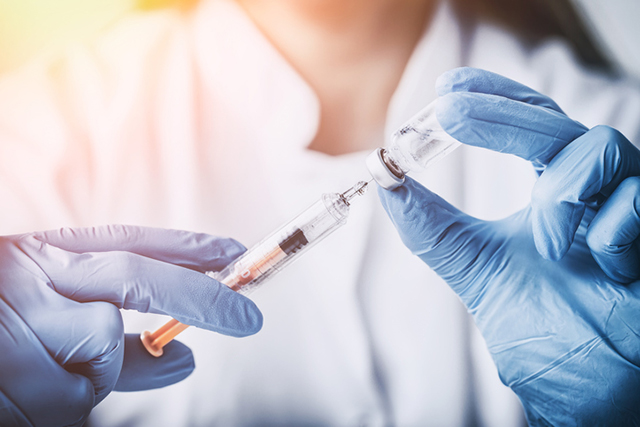
The prescription drug industry ranks as one of the most dysfunctional sectors of the US economy. Martin Shkreli has made himself a celebrity as the “pharma bro”: a hedge fund boy who jacked up prices on drugs produced by a company he controlled by more than 5,000 percent. Unfortunately, this sort of pricing is typical of the industry, even if most companies tend to be a bit less flamboyant in profiting off patients than Mr. Shkreli.
The underlying problem is that drug companies are given monopolies on the drugs they sell by the government in the form of patents and other protections. These protections allow drug companies to charge huge mark-ups over the free market price. (In Shkreli’s case the monopoly actually was a failure of government competition policy. His company was the sole licensed manufacturer of a drug with a relatively limited market.)
The rationale for patent monopolies is to provide drug companies with the incentive to develop new drugs. While the industry tends to exaggerate the cost of developing a new drug, there is undoubtedly a considerable expense involved. A drug company would not be able to recover this cost if competitors were able to sell the same drug as soon as the Food and Drug Administration (FDA) approved it. The high prices charged during the period of patent monopoly are the way companies recoup their expenses and earn a profit.
While there is logic to the patent system, there are also all sorts of abuses associated with it that are well known to economists. A patent can be thought of as being similar to a trade tariff, where government intervention leads to a product being sold for a price that is higher than the free market price. The big difference is that trade tariffs are typically in the range of 10-20 percent. Patent protections can raise the price of protected drugs by several thousand percent.
This explains the massive sales efforts of the pharmaceutical industry that includes everything from the detailers pushing their samples on physicians to the pointless ads for drugs that run endlessly on television. (Do you feel better informed about the safety and effectiveness of a drug after seeing one of these ads?)
The huge margins that result from patent monopolies also provide incentives for companies to mislead the public about the safety and effectiveness of their drugs. There are many well-documented incidents of companies concealing evidence in order to avoid undercutting their marketing efforts.
But supporters of the patent system will insist there is no other way to provide companies with an incentive to develop new drugs. This is why the story of the Zika vaccine is so important.
The US Army paid the French drug company Sanofi to develop a vaccine against the disease. While the vaccine still needs to go through further testing, it appears that Sanofi has been successful.
This vaccine has been in the news because the current plan is for the Army to now give Sanofi exclusive rights to market the drug for seven years. In other words, even though the Army put up the money and took the risk (Sanofi still got paid even if its efforts went nowhere), Sanofi is still getting a government-granted monopoly on the vaccine.
The public debate has focused on the unfairness of this deal to the US taxpayers and also the risk that Sanofi may price the vaccine out of the reach of many people in the developing world. But the other side of this story deserves at least as much attention.
The pharmaceutical industry and its allies would like us to believe that if the government touches the research process, it wrecks it. According to their line, government-funded research to develop drugs is the same thing as throwing money in the toilet. (Somehow this doesn’t apply to the $32 billion spent annually by the National Institutes of Health, which mostly goes to basic research.)
But the contract between the Army and Sanofi seems to indicate that government-funded research can provide real dividends. The Army put up the money and told Sanofi what it wanted and it turned out Sanofi was able to deliver.
Why can’t we do this on a larger scale, where the government puts up the money for research, companies like Sanofi bid on the contracts? In this world, all the findings are placed in the public domain, so that other researchers can benefit from them. And all the patents are open so that new drugs can be produced as generics. In this case, the next great cancer drug can sell for a few hundred dollars a year instead of a few hundred thousand dollars.
While it should have already been apparent, the Army Sanofi contract provides a great example of how government-funded research was very productive. It should provide a basis for a debate over reforming the incredibly corrupt process of pharmaceutical research.
Join us in defending the truth before it’s too late
The future of independent journalism is uncertain, and the consequences of losing it are too grave to ignore. To ensure Truthout remains safe, strong, and free, we need to raise $48,000 in the next 8 days. Every dollar raised goes directly toward the costs of producing news you can trust.
Please give what you can — because by supporting us with a tax-deductible donation, you’re not just preserving a source of news, you’re helping to safeguard what’s left of our democracy.